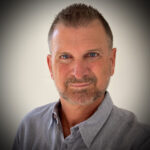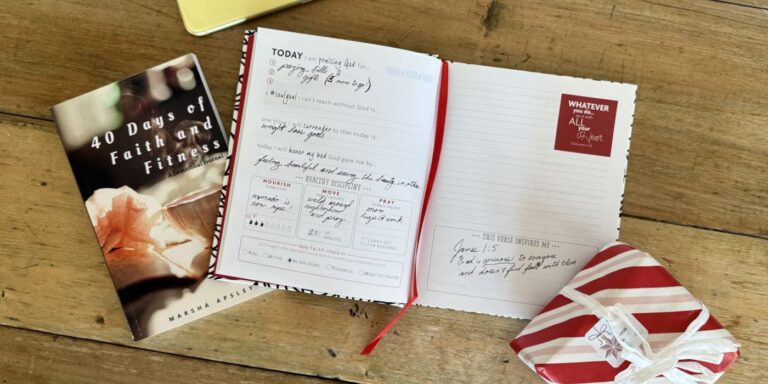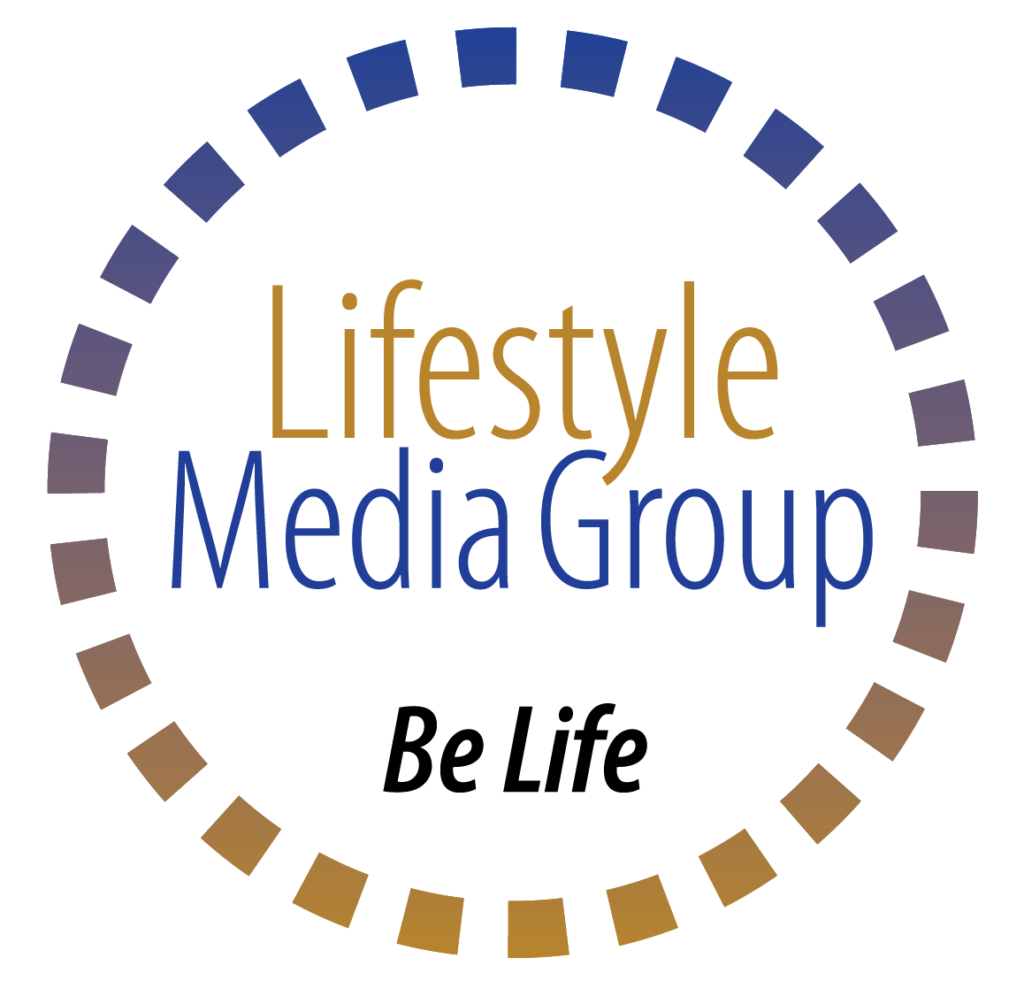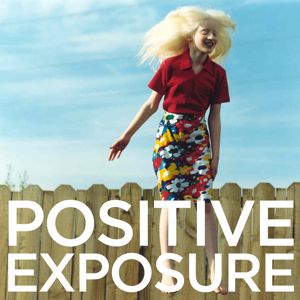 By Rick Giudotti and Brad Bloom
By Rick Giudotti and Brad Bloom
Several years ago I exercised at a YMCA that included many people with disabilities. This particular Y puts forth a good bit of effort to reach many populations and be accessible to group homes, senior communities, families, college students, businesses and more. It’s a great environment that fosters attitudes that liberate the human spirit. Sure there are some wheelchairs to navigate as trainers work with those who have special needs, there are also some older people moving pretty slow and some rambunctious children running around being a bit to noisy.
For the person wondering, “do I really want to workout around all of that”, there are also office guys engrossed in their racquetball tournament, college students talking and texting and stroller moms fiercely sprint-walking around the track. Some people never get it and cancel their membership because they’re looking for a perfect environment with perfect people. Everyone else pretty quickly concludes, “We’re all different and we all have needs so let’s get in here, grow with each other and then walk out of here better (not despite the seeming challenges but) because we choose to expose ourselves for the positive value we both create and receive.”
I work to shape the pages of Faith & Fitness Magazine to fuel that kind of commitment in our community of readers. Together we look at the many factors that shape human fitness. They are things like HIV, eating disorders, cancer and obesity. But they are also things like finances, location, time and cultural influences — resources that are often limited but can be strengthened and given. More deeply, together we examine attitudes, Bible truths, our spiritual challenges and the driving hopes and opportunities that can powerfully fuel personal faith to make a positive impact. This isn’t a fitness magazine singularly focused on building the body into a work of art. Nor is this a “Christian” magazine to stroke spiritual sensibilities and cultivate religion. If this magazine is to be your tool for powerful, healthy and passionate living then we need to equip you to move beyond informed, educated and open-minded and help you put on a faith that is pure, active and intimate.
 Rick Guidotti’s story I believe can help you do exactly that. The non-profit organization he established, Positive Exposure, is doing amazing things. The beautiful lives he shares through photography is transforming so many other people in so many ways. But what I want you to consider is how Rick responded to a deeper awareness that his talents, knowledge, resources and influence together have a greater purpose than just being successful or simply being good. He found that good wasn’t good enough and developed his calling to Be Life to others.
Rick Guidotti’s story I believe can help you do exactly that. The non-profit organization he established, Positive Exposure, is doing amazing things. The beautiful lives he shares through photography is transforming so many other people in so many ways. But what I want you to consider is how Rick responded to a deeper awareness that his talents, knowledge, resources and influence together have a greater purpose than just being successful or simply being good. He found that good wasn’t good enough and developed his calling to Be Life to others.
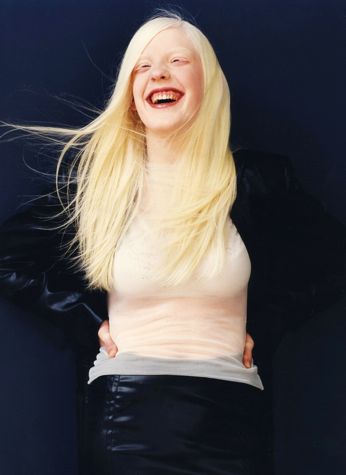
Positive Exposure was founded in 1998 by award winning fashion photographer, Rick Guidotti. Rick worked in New York City, Milan and Paris for a variety of high profile clients including Yves St Laurent, Revlon, L’Oreal, Elle, Harpers Bazaar and GQ. He took photographs of what were considered the world’s most beautiful people. But one day, on a break from a photo shoot, a chance encounter on a Manhattan street changed everything.
Rick saw a stunning girl at the bus stop – a girl with pale skin and white hair, a girl with albinism. Upon returning home Rick began a process of discovery – about albinism, about people with genetic differences and about himself. What he found was startling and upsetting. The images that he saw were sad and dehumanizing. In medical textbooks children with a difference were seen as a disease, a diagnosis first, not as people.
So Rick turned his world upside down – he stopped working in the fashion industry and created a not-for-profit organization that he named Positive Exposure. It has always been about beauty for Rick. “In fashion I was always frustrated because I was told who I had to photograph. I was always told who was beautiful.”
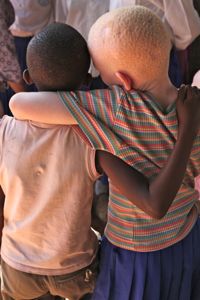 It became clear to him that it was essential for people to understand and see the beauty in our shared humanity. But how? How do you lead people down a different path? How do you get people to see those with differences not as victims, but kids and people first and foremost? The pity has to disappear. The fear has to disappear. Behavior has to change. These kids need to be seen as their parents see them, as their friends see them, as valuable and positive parts of society, as beautiful.
It became clear to him that it was essential for people to understand and see the beauty in our shared humanity. But how? How do you lead people down a different path? How do you get people to see those with differences not as victims, but kids and people first and foremost? The pity has to disappear. The fear has to disappear. Behavior has to change. These kids need to be seen as their parents see them, as their friends see them, as valuable and positive parts of society, as beautiful.
See beauty, interpret beauty. These kids are beautiful.
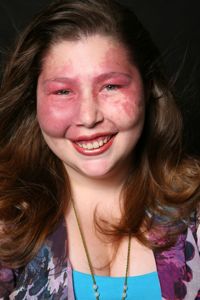 The photos give people the permission to see beauty and interpret beauty in their own right. Not to see beauty that is dictated by industry’s ideas of what is acceptable. What started with photographs, has grown into a wide variety of programs created to empower people living with difference – and to educate the world around them.
The photos give people the permission to see beauty and interpret beauty in their own right. Not to see beauty that is dictated by industry’s ideas of what is acceptable. What started with photographs, has grown into a wide variety of programs created to empower people living with difference – and to educate the world around them.
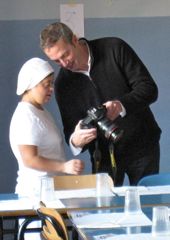 The mission of Positive Exposure utilizes photography and video to transform public perceptions of people living with genetic, physical and behavioral differences – from albinism to autism. The educational and advocacy programs reach around the globe to promote a more inclusive, compassionate world where differences are celebrated.
The mission of Positive Exposure utilizes photography and video to transform public perceptions of people living with genetic, physical and behavioral differences – from albinism to autism. The educational and advocacy programs reach around the globe to promote a more inclusive, compassionate world where differences are celebrated.
The statistics to support this work are staggering. With one out of five children in the United States being born with a disability, the need for society to understand and respect children and adults living with genetic, physical and behavioral differences is critical.
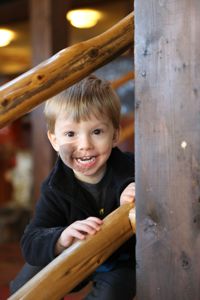
– Photo shoots, interviews, and self-esteem workshops to empower people living with difference. – Lectures and workshops targeting medical schools, corporations, nursing and genetic counseling programs, universities, elementary and secondary schools worldwide. – The Pearls Project, an interactive, educational program for K-12 students, teachers, and healthcare providers. – Image Database for print and media. – Media Campaigns. – Multi Media Exhibitions.
Positive Exposure is a not for profit organization. Gifts from individuals, foundations, and corporations help to provide these programs
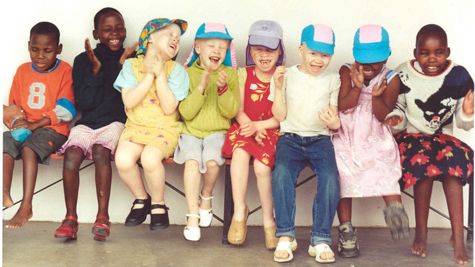 Breaking down boundaries and helping people to not judge others is something we can all do. Those who are Christian, by nature of their faith, should be very active in doing this. There are Christian-centered ministries that focus on this kind of work. One such ministry with whom Rick has worked is the Vancouver based UNDER THE SAME SUN. This ministry exists to promote, via advocacy and education, the wellbeing of persons often marginalized and misunderstood. Specifically, this organization focuses on those who are disadvantaged by disability and/or poverty. UTSS is driven by the belief that all persons have intrinsic value as each is created in God’s Image. Accordingly, they believe that all persons are worthy of love, respect and, above all, dignity.
Breaking down boundaries and helping people to not judge others is something we can all do. Those who are Christian, by nature of their faith, should be very active in doing this. There are Christian-centered ministries that focus on this kind of work. One such ministry with whom Rick has worked is the Vancouver based UNDER THE SAME SUN. This ministry exists to promote, via advocacy and education, the wellbeing of persons often marginalized and misunderstood. Specifically, this organization focuses on those who are disadvantaged by disability and/or poverty. UTSS is driven by the belief that all persons have intrinsic value as each is created in God’s Image. Accordingly, they believe that all persons are worthy of love, respect and, above all, dignity.
Don’t stare – Steady your gaze.
 Rick reflects how parents often tell their children, “Don’t stare” at others who are different. But there is an adventure worth living for. You can see on his face and of those around him the joy found in living it. He says there is a more positive way, “Steady your gaze and appreciate the beauty.”
Rick reflects how parents often tell their children, “Don’t stare” at others who are different. But there is an adventure worth living for. You can see on his face and of those around him the joy found in living it. He says there is a more positive way, “Steady your gaze and appreciate the beauty.”
QUESTIONS FOR PERSONAL REFLECTION AND GROUP DISCUSSION:
1. What are your personal hang-ups? What people do you avoid or challenge you the most? What are your attitudes and what is the source of these attitudes?
2. Pastor Chris Whaley in his Masked Saint Faith & Fitness Magazine interview says, “Most people want other people in their churches who look like them.” Describe instances where you’ve seen this to be true. What do you think creates and fuels that kind of culture in a church? How can your church celebrate diversity and find beauty in people? What are ways that you see your church or other churches doing this already?

